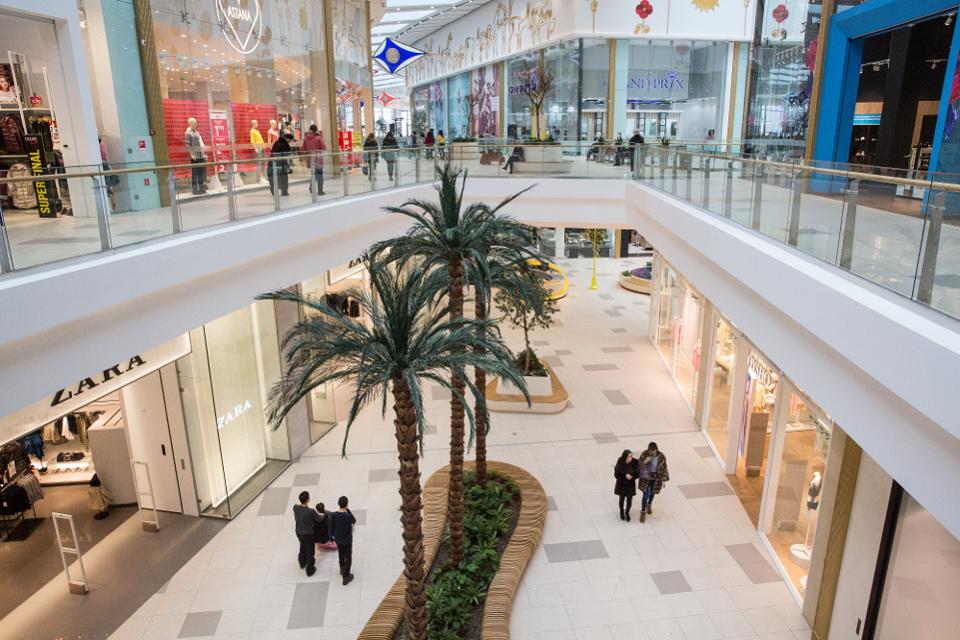It’s survival of the fittest in the retail industry, evolving not only what and how retailers and brands are selling, but the physical environments they serve.
It has long been discussed that the U.S. is hugely over-stored, and that the massive retail footprint cannot be sustained. Malls, department stores and traditional retailers too slow to adapt have been shuttering, bringing the vacancy rate at regional and super-regional malls to 8.6 percent in the second quarter of 2018, up from 8.4 percent in the prior period. This is a high not seen since the third quarter of 2012, when the vacancy rate was 8.7 percent.
As a result, towns and cities have been left with a glut of empty retail space. And now, driven by younger generations’ preference for in-store shopping experiences, innovative companies within - as well as outside - traditional retail have been moving into these once defunct spaces, creating high-traffic commerce hubs in convenient locations where communities can come together to live, work, play, dine and shop all in one place.














